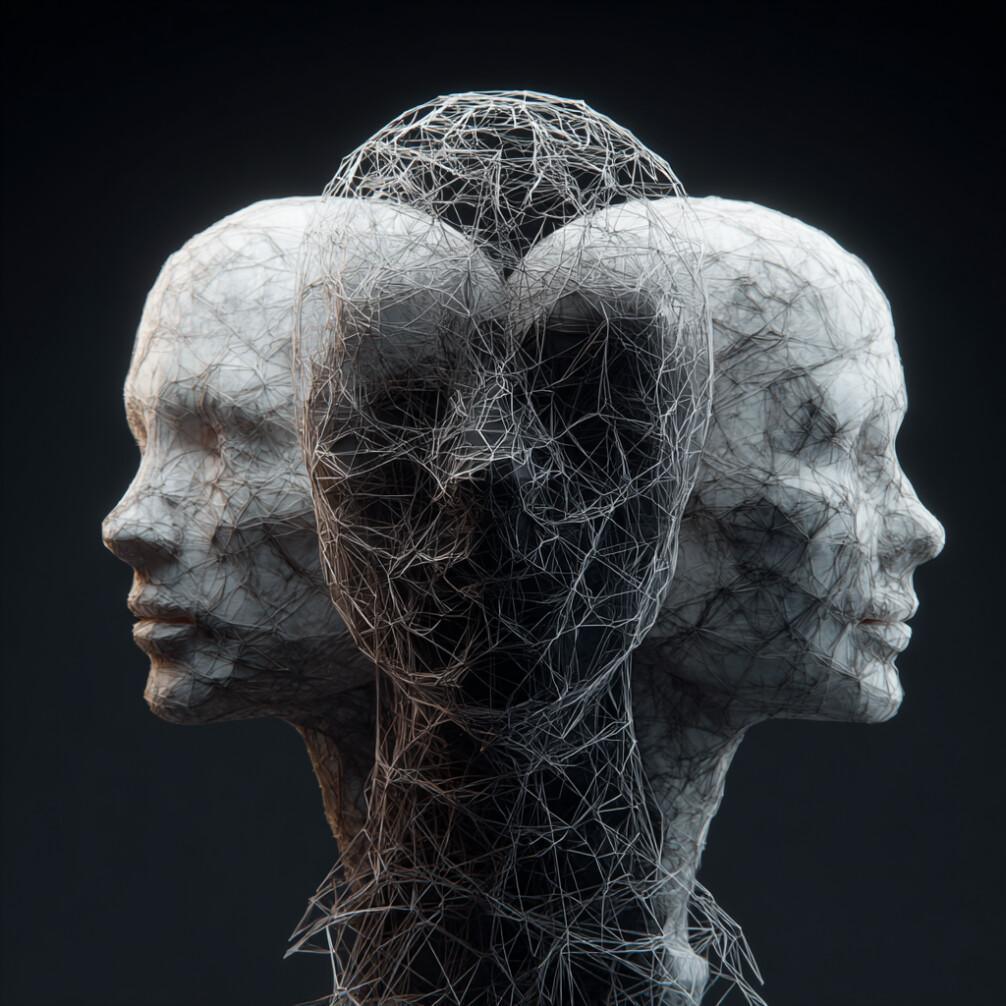Imitation is often called the sincerest form of flattery, but it’s also one of the oldest survival strategies in the human playbook. From the moment we’re born, we mimic facial expressions, speech patterns, and behaviors of those around us. This instinctual copying—rooted in the brain’s mirror neuron system—allows us to learn social norms, develop empathy, and navigate complex group dynamics. It's not just about learning how to hold a spoon or say "thank you"; it’s about forging connection and trust in a social species that depends on both.
Historically, imitation helped humans survive. In tribal societies, copying elders ensured you didn’t eat the wrong berry or provoke the wrong animal. Even today, if you see everyone running from a direction, chances are you’ll join them—no questions asked. This crowd mimicry is what psychologists call “social proof”: the assumption that if others are doing something, it must be right. It’s the same force behind everything from laugh tracks on sitcoms to viral TikTok challenges.
But imitation doesn’t only apply to survival or learning—it’s also a currency of identity. People imitate those they admire, and trends spread because we want to belong. You can see this in the rise of fashion styles, slang, and political beliefs that sweep through communities like cultural wildfires. It’s how teenagers bond, how influencers build followings, and how workplace norms are quietly enforced without a single word of policy.
Yet there's a thin line between imitation and erasure. Cultural appropriation, for example, occurs when dominant groups borrow elements from marginalized cultures without context or respect. What begins as admiration can become exploitation when power dynamics are ignored. Not all mimicry is harmless—especially when it commodifies someone's lived experience for profit, fashion, or clout.
The same danger emerges in echo chambers. Online spaces thrive on imitation—shared opinions, outrage patterns, and retweets without research. When everyone is mirroring the same content, it creates an illusion of consensus, even when the facts are fuzzy. In these cases, imitation becomes a feedback loop that can stifle dissent, nuance, or independent thought.
Even personal authenticity can take a hit. The more we imitate, the more we risk losing sight of where our choices come from. Are you wearing that because you love it—or because you saw it on three different people you follow? Imitation is efficient, but it can also be lazy. It’s tempting to let others curate our beliefs, wardrobes, or aesthetics. But over time, this can chip away at the confidence needed to stand out or push against the grain.
Still, imitation isn’t inherently bad. It's a bridge, not a prison. In education, in therapy, and in innovation, imitation provides the scaffolding for creativity. Jazz musicians, for instance, copy the greats before finding their own sound. Writers mimic their heroes before discovering their voice. The trick is knowing when imitation becomes stagnation.
To guard against going too far, we have to check in with ourselves. Is this borrowed idea making me feel more connected—or more performative? Is this trend giving me joy—or am I just keeping up? Cultivating self-awareness doesn’t mean rejecting everything popular; it means choosing intentionally, not automatically. Imitation can be a launchpad, but identity demands original input.
Ultimately, we imitate because we are human. We are wired to learn from each other, lean on each other, and belong to each other. But to truly thrive as individuals in a social world, we have to remember when to echo—and when to speak in our own voice.


